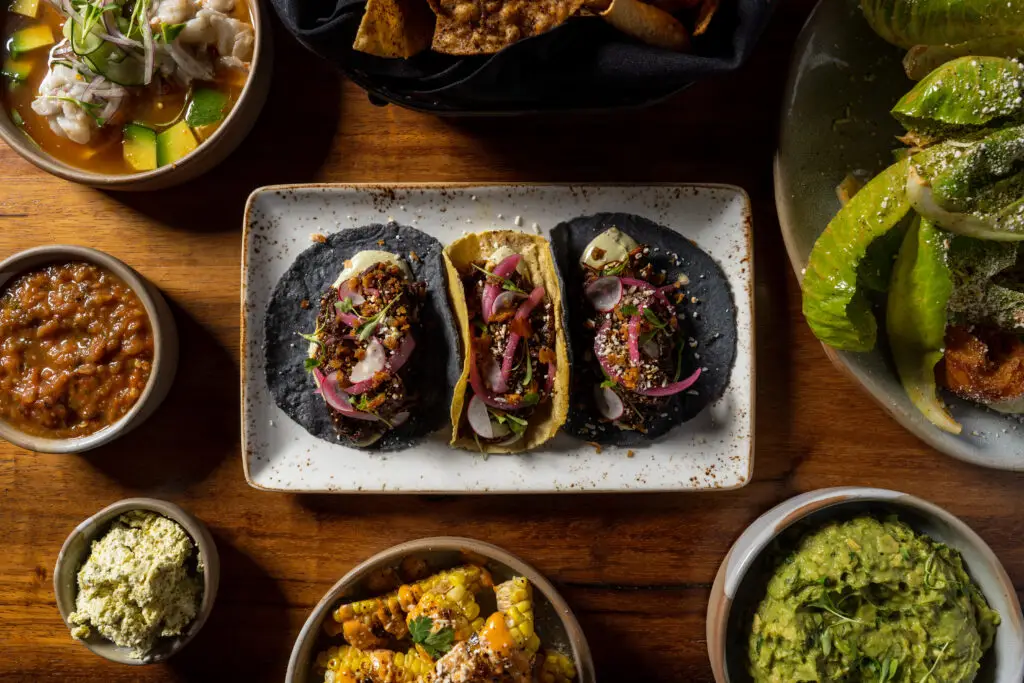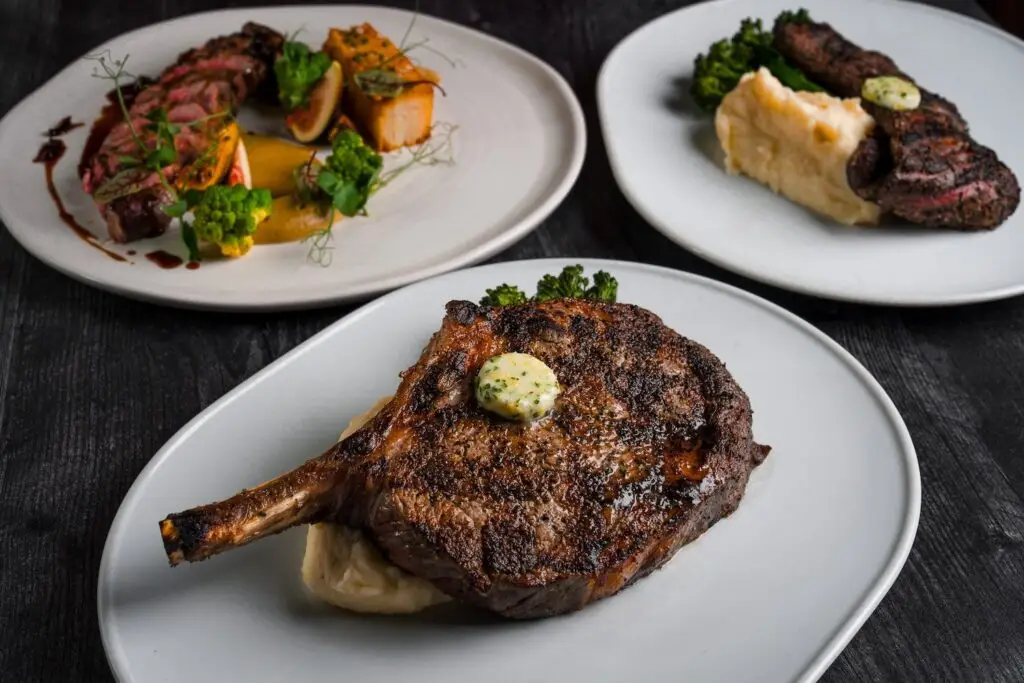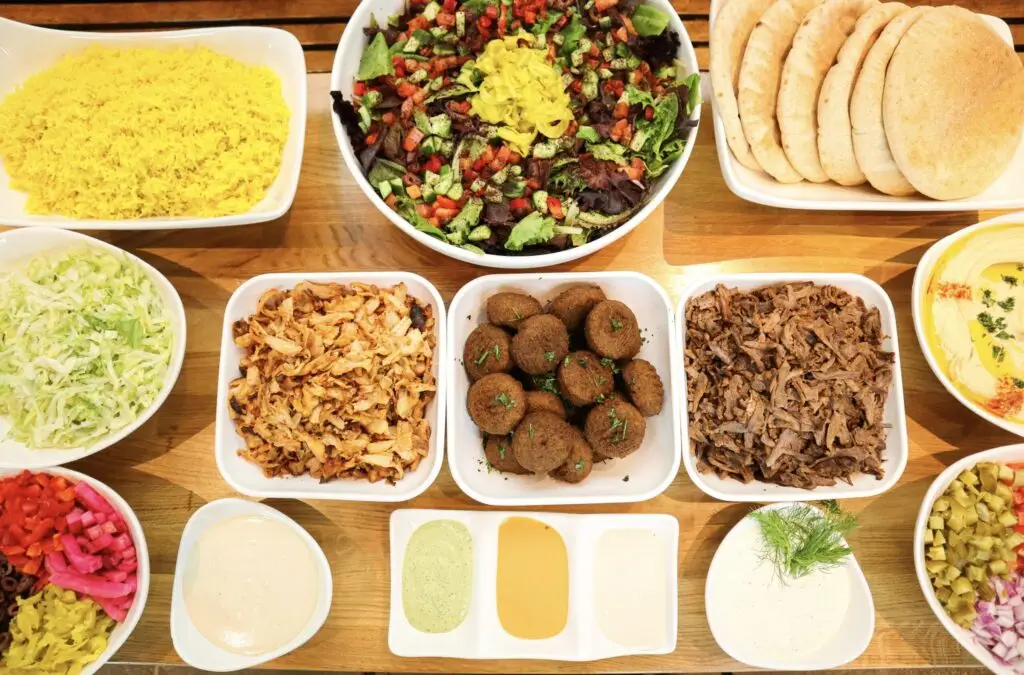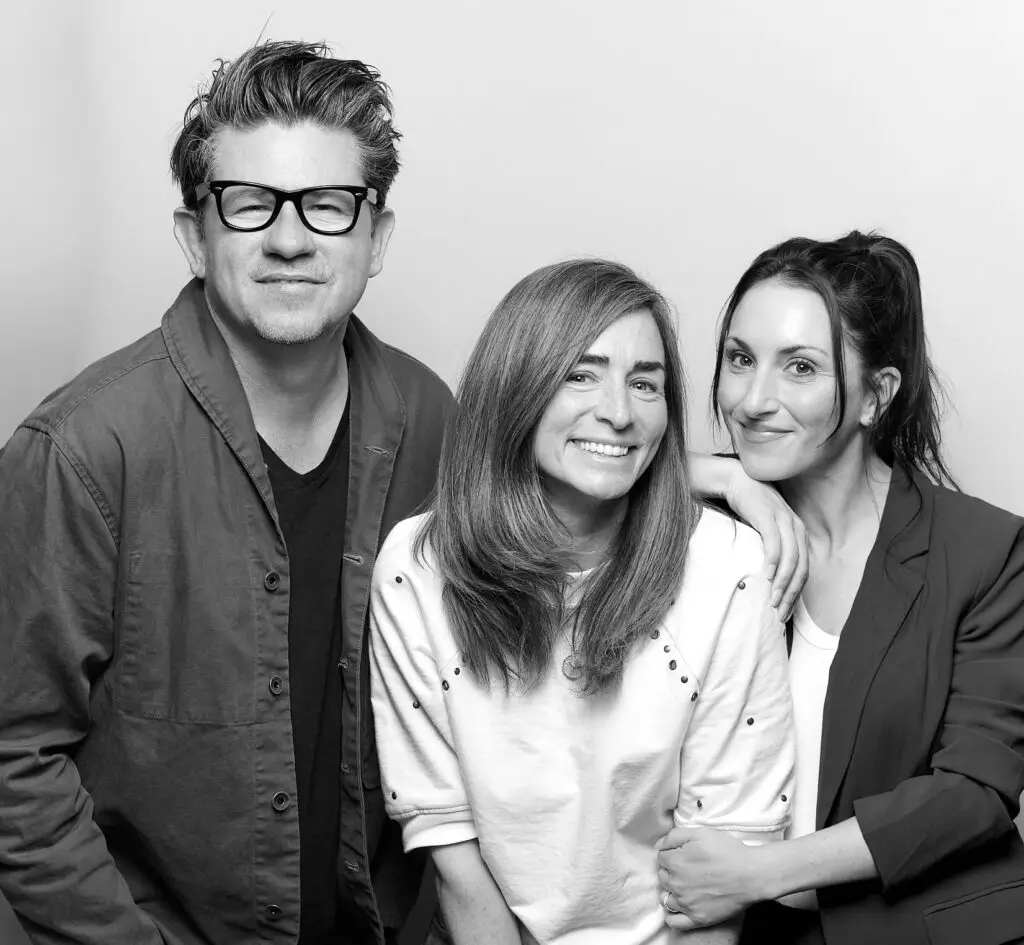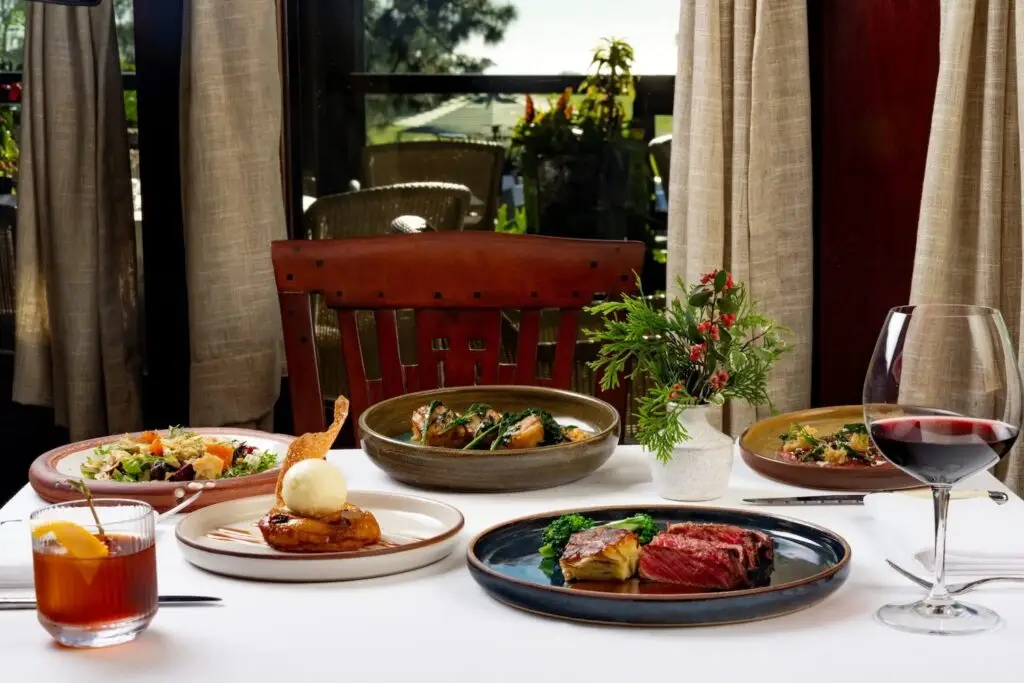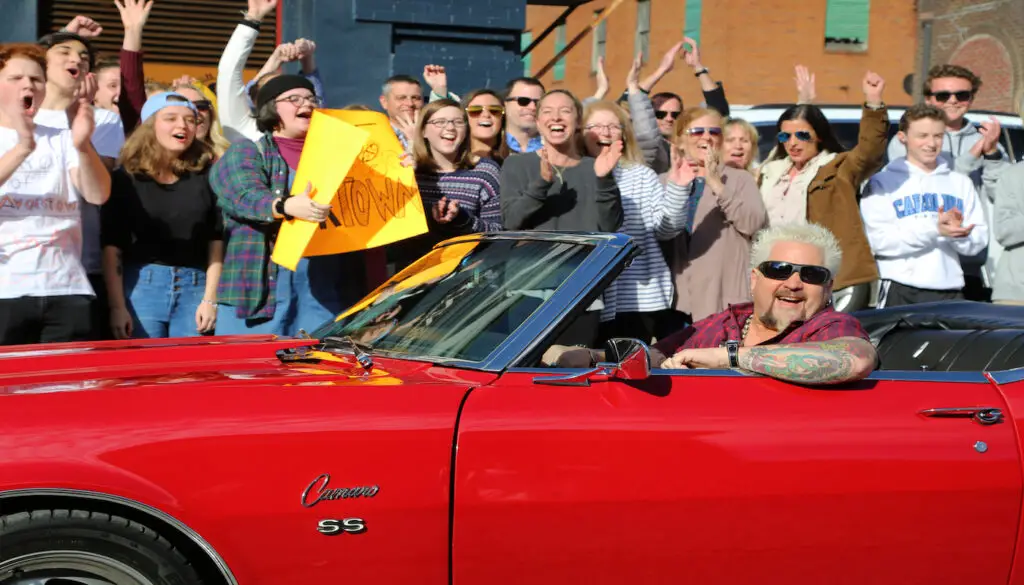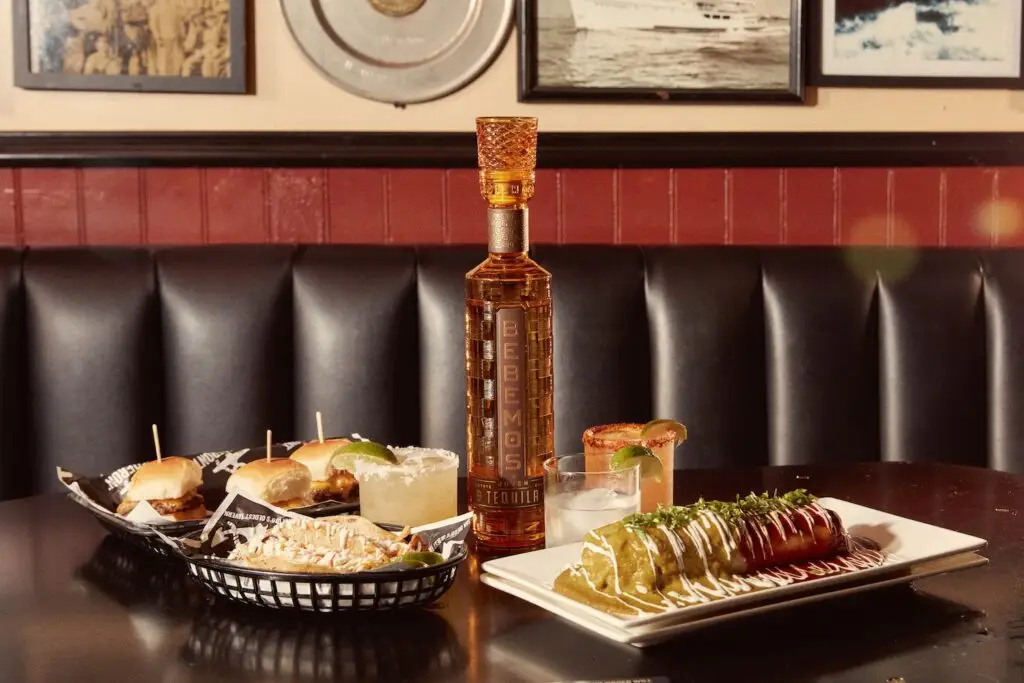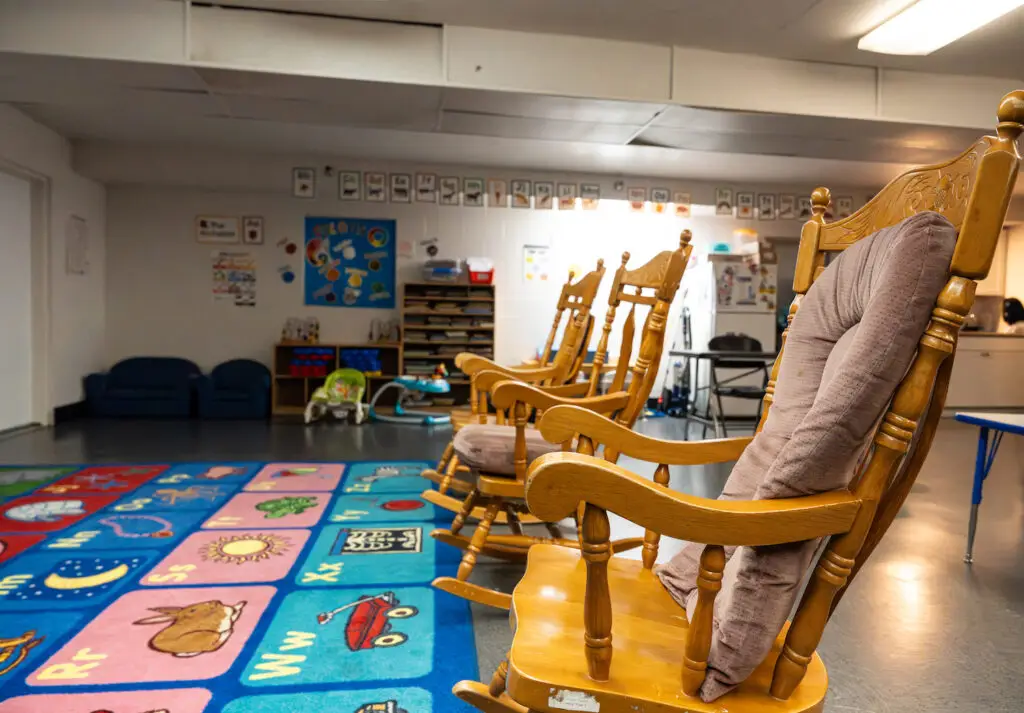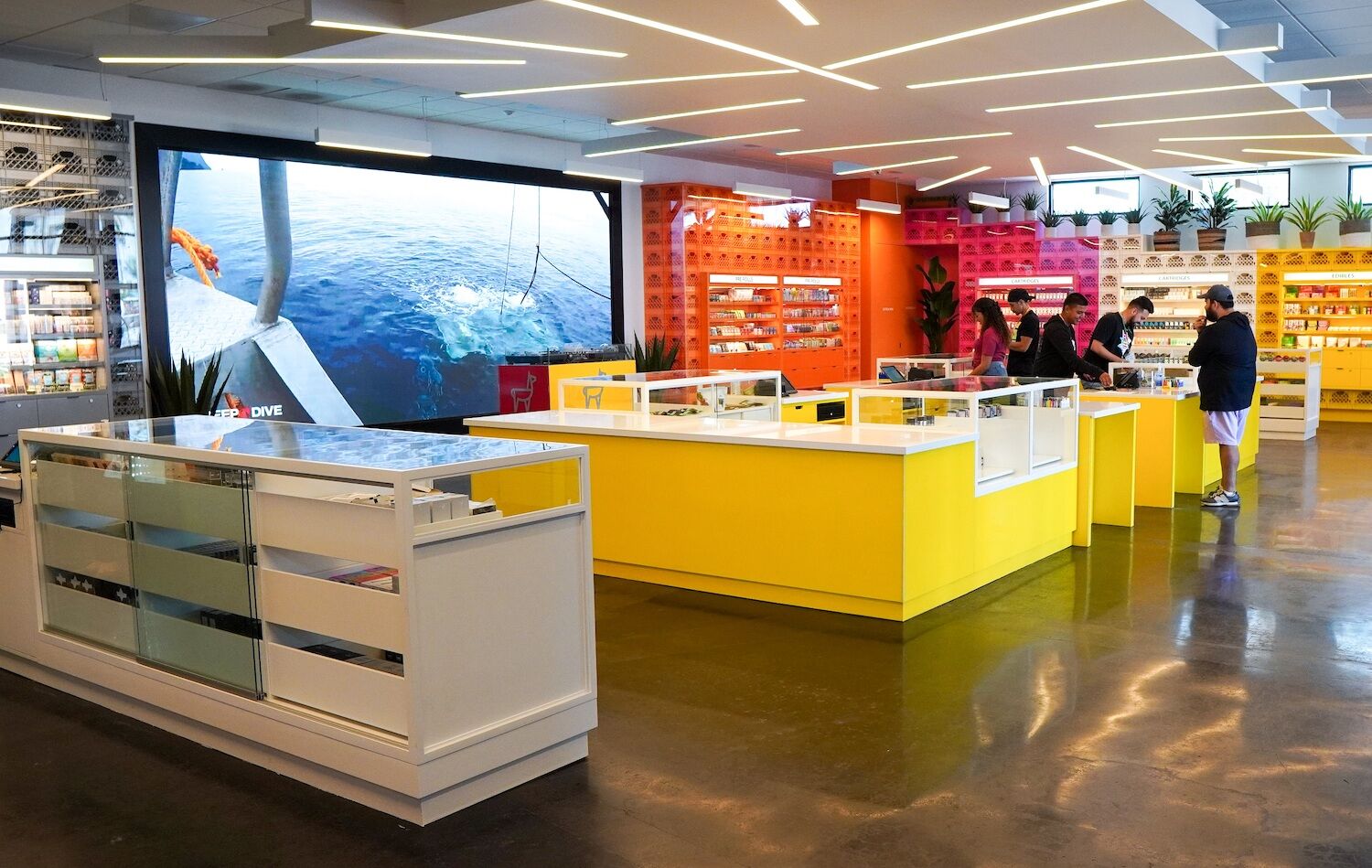
Pacabol, San Diego
Arguably, one of the most important jobs in the legal cannabis industry is that of a budtender. For consumers, budtenders are usually the only human access they’ll have to cannabis before they buy it. This is especially important in an age where new brands, consumption methods, and products pop up seemingly every day (weed gravy, anyone?).
Cannabis is also an intoxicating substance that has medicinal uses and was only recently decriminalized. To that point, budtenders serve as a wealth of information in an age where access to cannabis is greater than ever. Still, widespread knowledge isn’t exactly at a premium, and stakes get raised immediately once medical and intoxication considerations are added to the mix. Being the main point of contact consumers have with a specific product means budtenders have an additional burden to know about biology, medicine, and basic chemistry, among other complex topics.
For brands and retailers alike, budtenders are equally important. Because of its federal illegality, cannabis brands face strict barriers to traditional advertising, and social media platforms like Meta (which includes Instagram) have technically disallowed the promotion of anything having to do with weed, disabling and censoring brands’ accounts left and right. With fewer ways to reach customers than in other consumer segments, those on the front lines actually selling the products are vital to a brand’s success.
Contrast all this with, say, other types of retail or service jobs, like selling clothes or scooping ice cream, and it’s clear to see how being a budtender might be different. Still, many budtenders are only paid close to minimum wage or just above it, which can be a hard sell when so much education and know-how are required. Many do it because of a longstanding commitment to and love for the cannabis plant, as well as the fact legal cannabis jobs were not something that ever existed before recently.
Employers are beginning to step up to bridge the gap, too, offering better wages and benefits, like continuing education and childcare stipends, while some are cooperating with employees unionizing so they can bargain for better conditions (on the other side of the coin, many cannabis retailers and companies have been particularly hostile to unionization across the country).
We checked in with a few budtenders at local dispensary chain March & Ash, which also owns Chula Vista’s Pacabol, to see why they do it and what makes budtending a career rather than a job (employees at several locations of the chain are unionized with UFCW Local 135). They also give some helpful tips for weed shoppers who are both seasoned and new to the cannabis buying game.
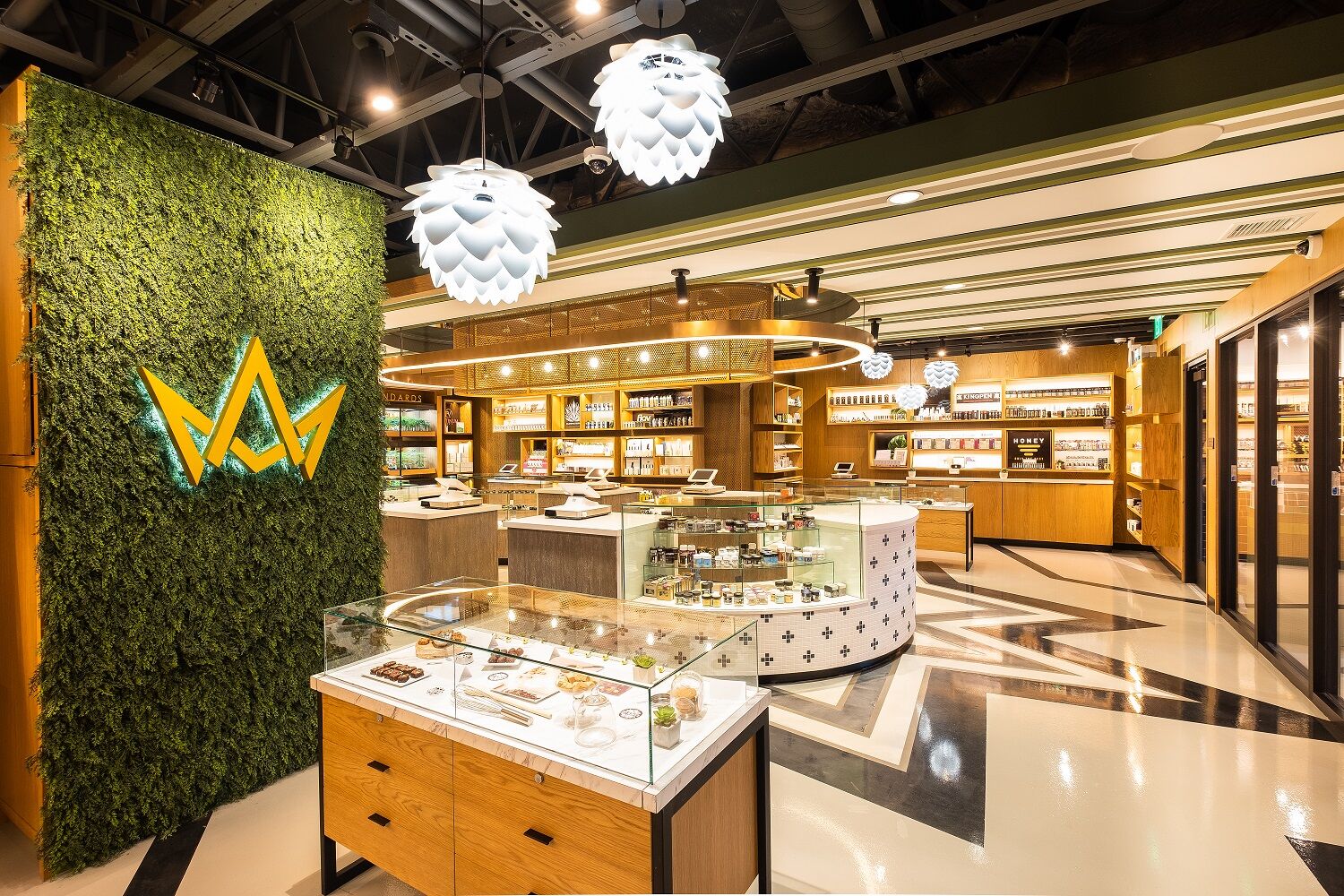
March & Ash, San Diego
Chelsea Ramirez Concierge (Budtender)
March and Ash in Mission Valley
“I have been a concierge for a little over a year now, and I chose this type of retail industry over others because I am passionate about it, and it’s constantly evolving,” Ramirez says, adding that she “would love” to stay employed in the cannabis industry long-term because it’s exciting and ever-growing.
Ramirez says that “cannabis requires a high level of knowledge because there is a broad number of product offerings and brands,” and that cannabis products “require a lot of trial and error when it comes to personal use. Products won’t always work the same from customer to customer. In other retail jobs, some products can be black or white.” She adds that being able to suggest several product options for a customer’s needs is particularly important.
“The worst question I get is, ‘You told me you liked this and I hated it. Why?’ Which usually leads to telling the customer one of the first analogies I heard when I was hired,” Ramirez says. “‘Think of it like food. You may love Thai food, but your best friend hates it. It doesn’t mean it’s bad, it’s just not for you.’”
To get new cannabis consumers comfortable, Ramirez says she typically asks them what their preferred consumption method is—Smoking? Vaping? Edibles? Dabbing? Tinctures?–and what type of high they’re looking for. “I will always say to start with low doses and go slow,” she says. “You can always consume more, but too much at one time might be overwhelming.”
Ramirez adds that budtenders like her receive frequent training sessions from brands, “which are great because it gives us a good idea of different brands and how their products differ or are similar to others.”
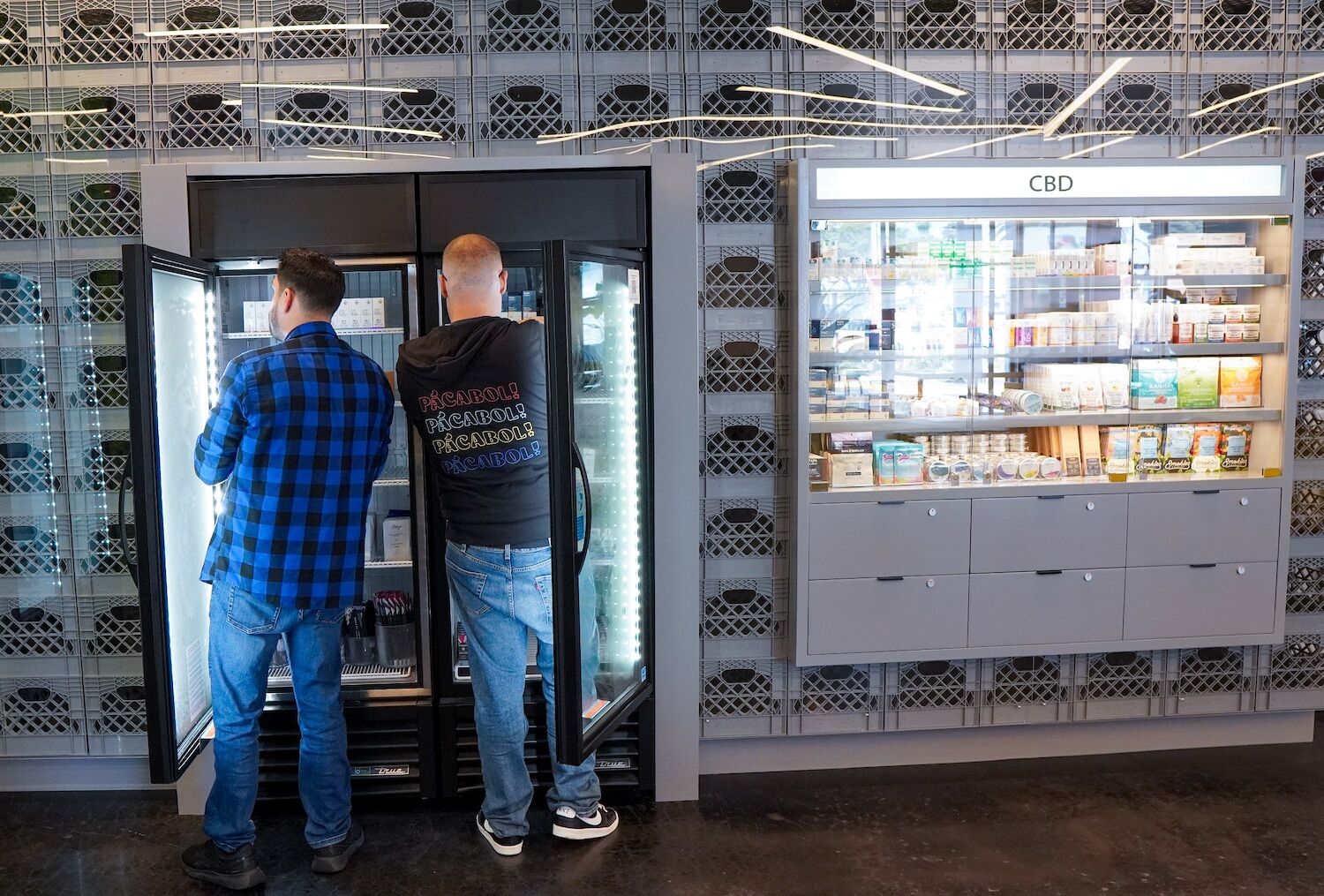
Pacabol, San Diego
Erica Abalos, Lead Budtender
Pacabol in Chula Vista
Abalos has been a budtender for almost two years. “I took this type of retail job because it’s a humbling industry that I fell in love with, breaking stigma and normalizing cannabis use,” she says. “I like seeing how this industry is becoming more successful over the years and has the potential for growth.” She aspires to be a store manager one day, and says that budtending supports what she likes to do in her personal life, too.
Abalos is emphatic about the knowledge required to be behind the counter or on the floor talking to customers about cannabis. “Budtending requires a high knowledge of these products because we have a variety of customers who come in looking for relief, who have insomnia, anxiety, et cetera,” she says. “We are impacting lives daily in order for our customers to have a better experience. I think the science behind cannabis is essential to know, and this simply makes us different from other retail jobs.”
One customer question she gets asked often is, “Which one has the highest THC percentage?” Abalos explains that one of the biggest misconceptions about weed is that higher THC content means higher quality bud, which leads to a better, stronger high. “The truth is,” she says, “THC has nothing to do with the quality of your weed and is also a poor indicator of potency.” She says this is one of the essential things she tries to teach customers.
Considering that, Abalos says she likes to take her time to get to know customers and ask how experienced they are with cannabis before recommending the right product to them. “It helps us narrow down which route to go because we have many alternatives that can benefit anyone, she says. “For edibles, I like to refer customers to start low and slowly,” echoing a common refrain from cannabis users and workers. For her, that means “reaching for products with 5mg or less of THC. That way, you will still feel the effects even if it’s a little too strong for you, it won’t last as long as eating a 100 mg brownie.”
Abalos echoes the importance of training sessions: in them, she has learned different types of terpene profiles she didn’t previously know about. “They play a major role in the aroma and flavor of a cannabis strain and other cannabis compounds to produce the effects we’re seeking,” she says.
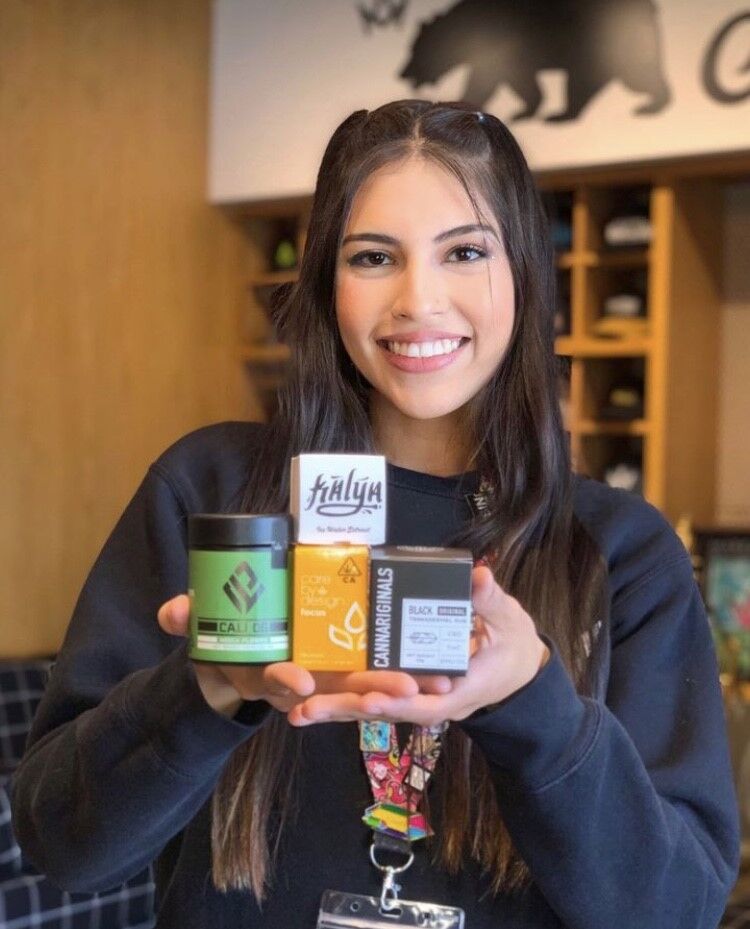
Martelle Casas, March & Ash
Martelle Casas, Concierge (Budtender)
March and Ash in Mission Valley
Casas has been a concierge at March and Ash for two years. “On this side of cannabis retail, it’s more than just making a sale,” she says. “You get to connect with the customers and help them find what works best for them.”
“I plan to stay in the cannabis industry for a long time,” Casas says of her chosen career path. “One of my goals is to grow with March and Ash as they keep expanding throughout California and hopefully to other states in the following years.”
Budtending requires a lot of specific knowledge, Casas explains. “Understanding the product helps when you’re selling it to customers–there are thousands of products in the shop, which may overwhelm the customer. Knowing each product makes it easier to help choose what will best suit the customer.” For example, she notes that an “uncommon” but serious question she’s been asked is what product for sale would make someone aroused.
Casas says she approaches customers with an open mind. “I like to educate them about THC & CBD so they get familiar with the plant. When recommending products to new customers, I recommend micro-dosing on edible products first. But when it comes to flower, I recommend smaller, shorter puff intakes,” she says.
PARTNER CONTENT
She echoes Ramirez’s enthusiasm for brand training sessions and notes that, in particular, she loves educating customers about CBD. “We get a lot of patients who have [wellness concerns]. CBD is purported to alleviate post-workout inflammation, relieve muscle soreness, and may even mitigate temporary stress,” she says, noting some of the suggested uses she likes to pass on to customers.
